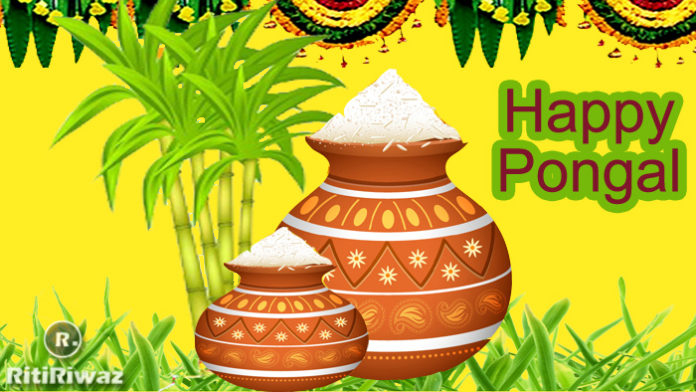People of India

India is probably the only country with the largest and most diverse mixture of races. All five major racial types – Australoid, Mongoloid, Europoid, Caucasian, and Negroid – find representation among the people of India.
Languages
India has 17 major languages and 844 different dialects. The Sanskrit of the Aryan settlers has merged with the earlier Dravidian vernaculars to give rise to new languages.
Hindi, spoken by about 45 percent of the population, is the national language. English has also been retained as a language for official communication.
Indian literature dates back several millennia to the hymns of the Vedic Aryans. The oral tradition nurtured classical literature and produced great works of philosophy and religious doctrine. It also accounted for compilations of anecdotes like the Panchatantra and the Jataka tales, as well as epics like the Ramayana and the Mahabharata. In southern India, the creative energies of the Tamil poets found expression in the great works of Sangam literature. The epic Tirukkural by Tiruvalluvar is a masterpiece of this age. In the north, dramatists like Kalidasa and Bhasa produced great dramas in Sanskrit.
Religion
Hinduism: The Hindu religion had its origin in the concepts of the early Aryans who came to India more than 4,000 years ago. It is not merely a religion but also a philosophy and a way of life. Hinduism does not originate in the teachings of any one prophet or holy book. It respects other religions and does not attempt to seek converts. It teaches the immortality of the human soul and three principal paths to the ultimate union of the individual soul with the all-pervasive spirit.
The essence of Hindu faith is embodied in the Lord’s Song, the Bhagavad Gita: “He who considers this (self) as a slayer or him who thinks that this (self) is slain, neither knows the Truth. For it does not slay, nor is it slain. This (self) is unborn, eternal, changeless, ancient, it is never destroyed even when the body is destroyed.”
Jainism and Buddhism: In the sixth century before Christ, Mahavira propagated Jainism. Its message was asceticism, austerity, and non-violence. At about the same time, Buddhism came into being. Gautama Buddha, a prince, renounced the world and gained enlightenment. He preached that ‘Nirvana’ was to be attained through the conquest of self. Buddha’s teachings in time spread to China and some other countries of Southeast Asia.
Islam: Arab traders brought Islam to South India in the seventh century. After they came the Afghans and the Mughals, of whom the most enlightened was Emperor Akbar. Akbar almost succeeded in founding a new religion Din-e-Elahi, based on both Hinduism and Islam, but it found few adherents.
Islam has flourished in India through the centuries. Muslim citizens have occupied some of the highest positions in the country since independence in 1947.
Sikhism: Guru Nanak, the founder of Sikhism in the 15th century, stressed the unity of God and the brotherhood of man. Sikhism, with its affirmation of God as the one supreme truth and its ideals of discipline and spiritual striving, soon won many followers. It was perhaps possible only in this hospitable land that two religions as diverse as Hinduism and Islam could come together in a third, namely, Sikhism.
Christianity: Christianity reached India not long after Christ’s own lifetime, with the arrival of St. Thomas, the Apostle. The Syrian Christian Church in the south traces its roots to the visit of St. Thomas. With the arrival of St. Francis Xavier in 1542, the Roman Catholic faith was established in India. Today Christians of several denominations practice their faith freely.
Zoroastrianism: In the days of the Old Persian Empire, Zoroastrianism was the dominant religion in West Asia, and in the form of Mithraism, it spread over vast areas of the Roman Empire, as far as Britain.
After the Islamic conquest of Iran, a few intrepid Zoroastrians left their homeland and sought refuge in India. The first group is said to have reached Diu in about A.D 766. The total number of Zoroastrians probably does not exceed 130,000. With the exception of some 10,000 in Iran, almost all of them live in India, the vast majority concentrated in Mumbai. The Parsees excel in industry and commerce and contribute richly to the intellectual and artistic life of the nation.
Judaism: Jewish contact with the Malabar Coast in Kerala dates back to 973 BC when King Solomon’s merchant fleet began trading for spices and other fabled treasures. Scholars say that the Jews first settled in Cranganore, soon after the Babylonian conquest of Judea in 586 BC. The immigrants were well received and a Hindu king granted to Joseph Rabban, a Jewish leader, a title, and a principality.






